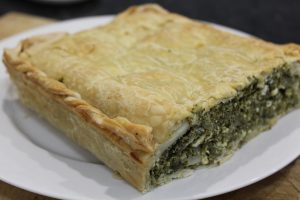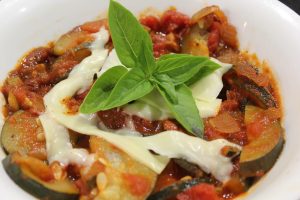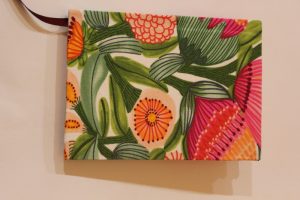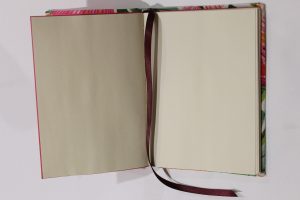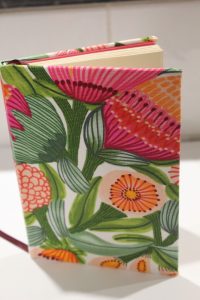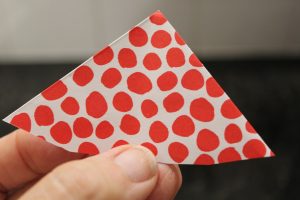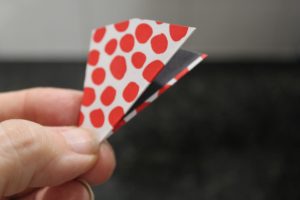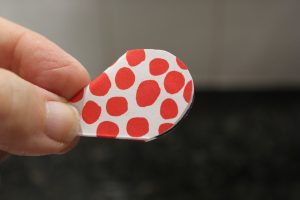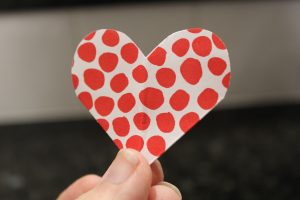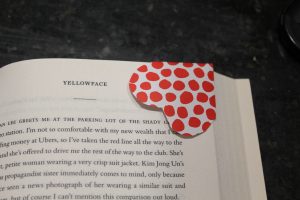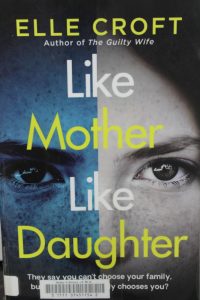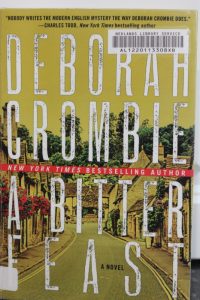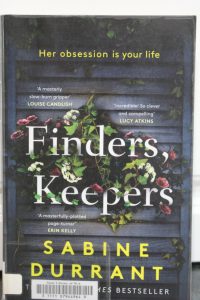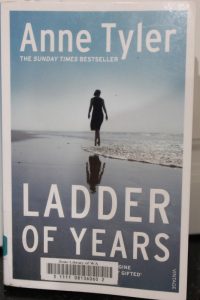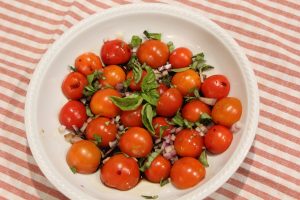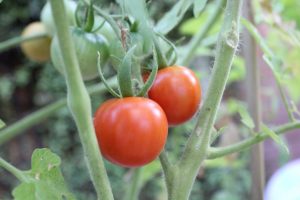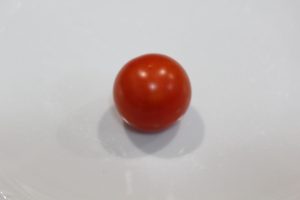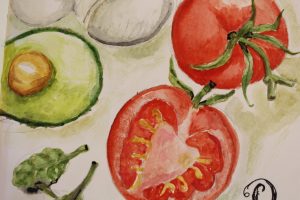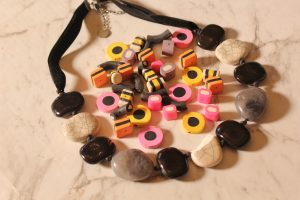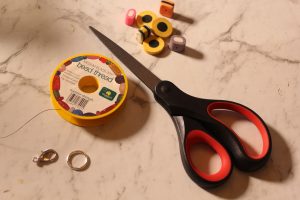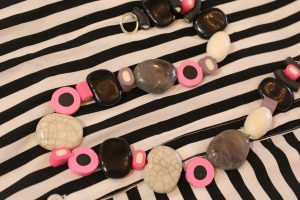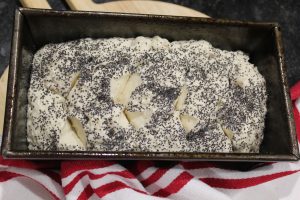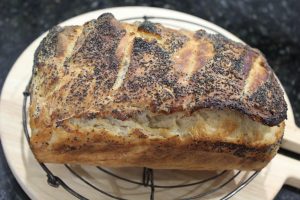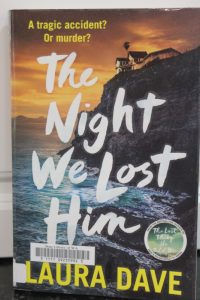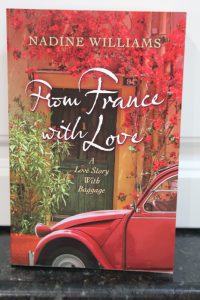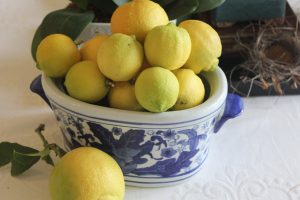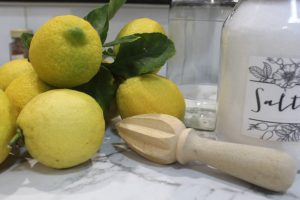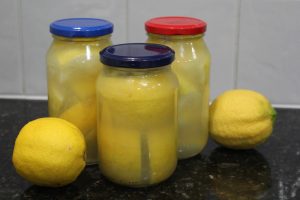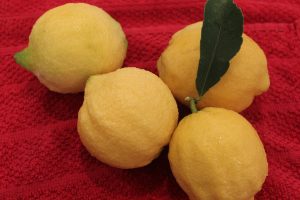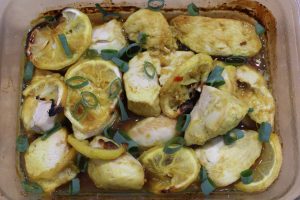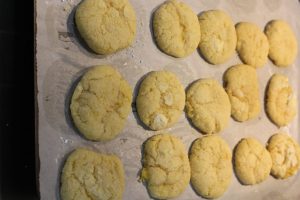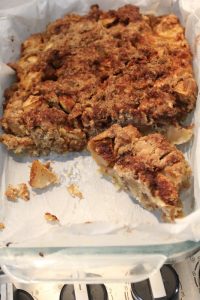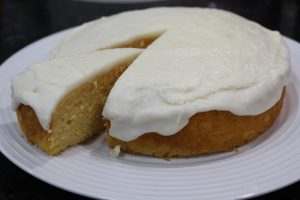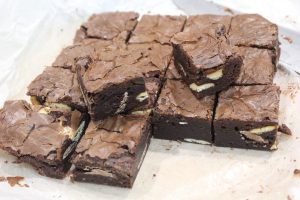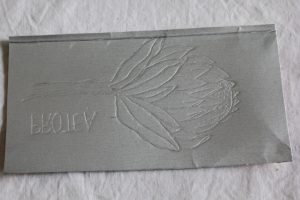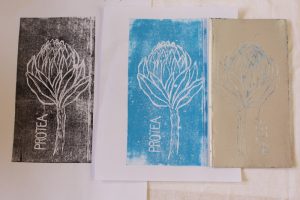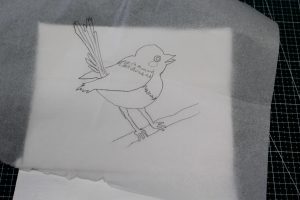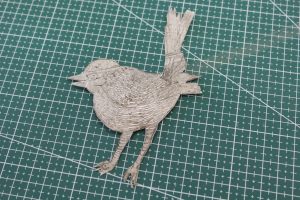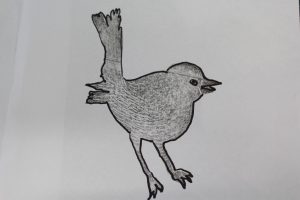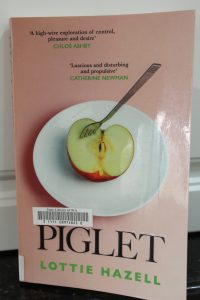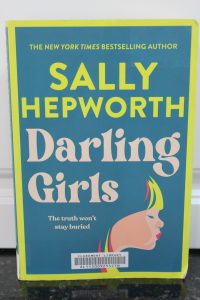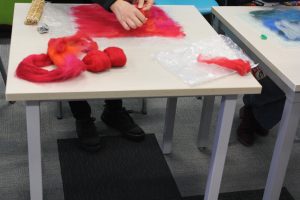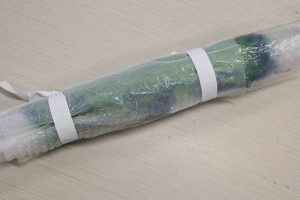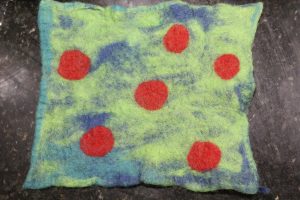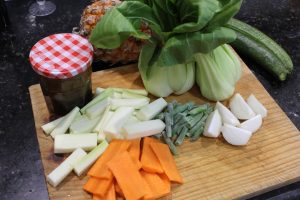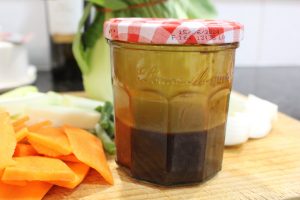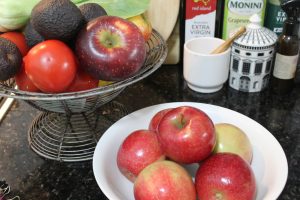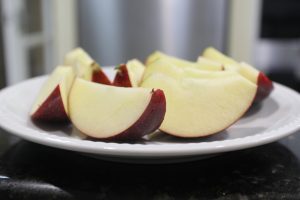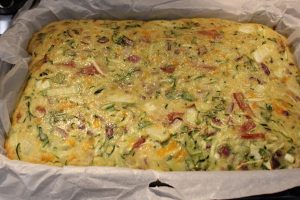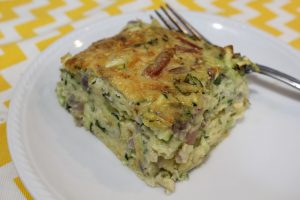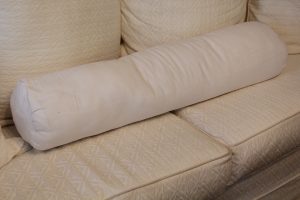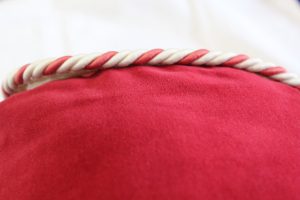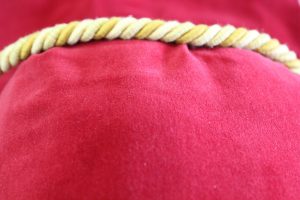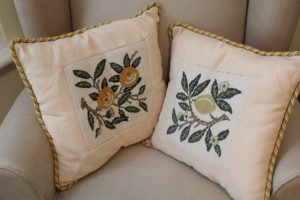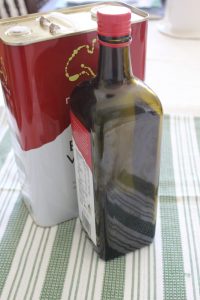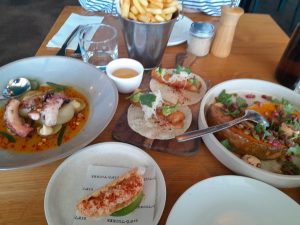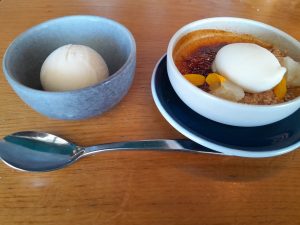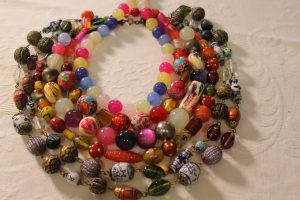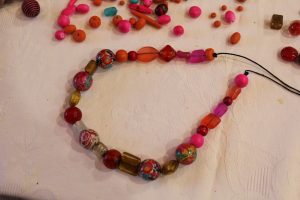making pesto
It’s that time of the year when the tomatoes are mostly finished but the basil is still thriving. So I make pesto. You can buy the basil if you don’t have any growing but make sure it’s not an Asian basil which has a slight aniseed flavour. The leaves should be medium sized and green with no yellow tips or black spots. Wash the basil then collect the other ingredients.
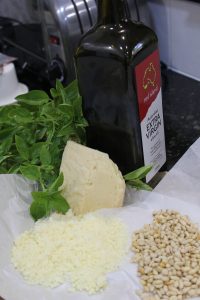

PESTO
45g toasted pine nuts (about 5 minutes in the oven, don’t let them burn)
1.5 cups basil leaves
60gm pecorino or parmesan cheese
5 tbspn olive oil
2 small cloves of garlic
Process the basil, pine nuts (cooled), garlic and cheese, then drizzle the olive oil in a steady stream into the machine. Purists use a pestle and mortar, I use a food processor. Scrape into a jar when you’re happy with the texture. Coat with a layer of olive oil to prevent oxidisation.
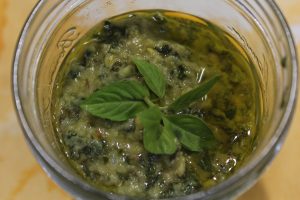

Pine nuts can be replaced by pumpkin seeds or walnuts. I’ve been reading Norman Swan’s What’s Good For You. ( He also promotes the usual; daily exercise, avoiding processed foods, getting enough sleep and maintaining social connections) Based on years of research he recommends following a Mediterranean diet. Pesto ingredients get the tick of approval. And it tastes amazing!
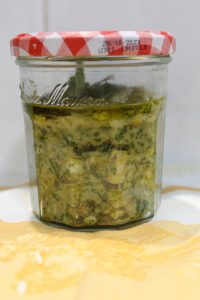

I use sheeps pecorino because I like the strong flavour. I only made a small amount this year as my husband can’t taste anything at the moment. I stir a spoonful into tomato pasta sauces, a smear on cheese and tomato toasted sandwiches and a drizzle on cheese on crackers. If I was making gazpacho I’d drop a teaspoon of pesto into each bowl. Enjoy!
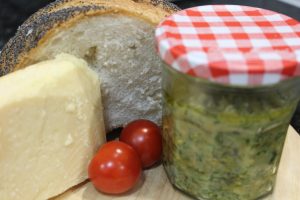

a nutritionist’s hints for well being
Laura Southern, a nutritionist, in this week’s The Australian Weekend Magazine writes about optimal gut health. She says the way we combine foods can increase the absorption of nutrients and antioxidants and help good bacteria to survive the digestive process. Here are her six top recommendations.
Add honey to Greek yoghurt. Honey’s prebiotic properties feed and support the probiotic in the yoghurt as it is digested. This can reduce infection and inflammation.
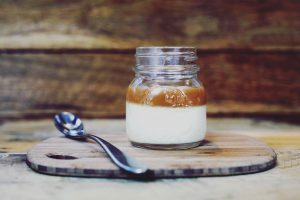

Image Pixabay
Eat black pepper with turmeric. Research suggests turmeric has anti-inflammatory, antioxident and anti-cancer properties. It is also thought to strengthen the intestinal barrier, balance the microbiome and also aid digestion. The piperine in black pepper can increase the absorption of curcumin, the active ingredient in turmeric by 2 000 percent.
Drizzle olive oil on salads. The antioxident properties of olive oil to lower bad cholesterol and raise levels of good cholesterol is well known. Now there’s evidence showing the polyphenols in olive oil can be absorbed by the intestine, increasing beneficial bacteria in the gut. Eaten with green salads, olive oil helps balance the microbiome.
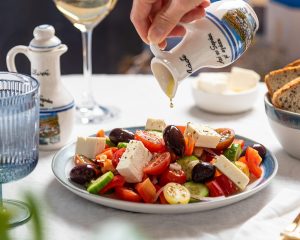

Image Pixabay
Miso paste and bok choy. Miso paste is made from fermented soybeans and grains. It is packed with millions of probiotic beneficial bacteria which nurture the gut. To feed the good bacteria, add bok choy or seaweed flakes.
Stir cinnamon into stewed apples. Cinnamon increases the anti inflammatory impact of polyphenols in apples. Their soluble fibre, pectin, is also a prebiotic.
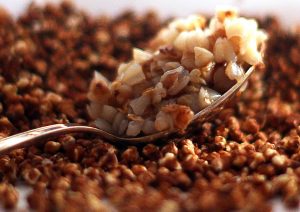

Image Pixabay
Sprinkle seeds on porridge. Betaglucan, the fibre in porridge, acts as a prebiotic. Adding chia seeds and flax will supply vitamins, minerals and cancer protective antioxidants and stimulate gut movement.
sharpening knives
Blunt knives are really annoying. I like to keep ours well honed. I use a whet stone to sharpen them regularly. The name derives from the actual process of sharpening the blade, called ‘whetting’, using a whet stone. The whet stone needs to be submerged in water until bubbles stop rising.
I place the stone on a hand towel so it doesn’t move then hone the blade in smooth motions along the stone. I start using the coarser side then finish with the finer side. Quick wash and it’s all done!


